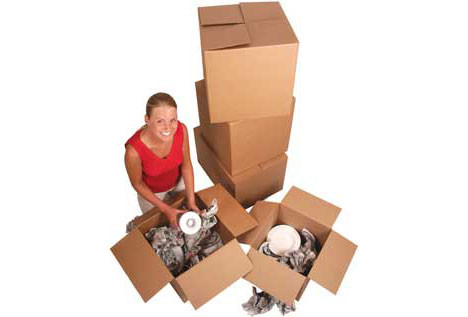storage tips
- Appliances: A refrigerator or freezer should be thoroughly dry and stored with its door slightly ajar. Some items can be stored inside large appliances and boxes can be stacked on top of stoves, refrigerators and freezers. Make sure stoves and cooking equipment are cleaned before storing.
- Bicycles, Tools and Other Metal Items: So that they don’t rust, wipe all metal surfaces with a rag containing a few drops of machine oil.
- Books and Documents: Pack books flat to protect their spines. Do not place boxes directly on concrete floor but use pallets to prevent moisture absorption. Use packing materials (bubble wrap, newspaper) to fill in empty pockets in the boxes. Do not pack fragile items in the same box with books.
- Bedding, Clothing, Curtain, Drapes and Linens: Clothing, curtains, and drapes should be stored on hangers, folded and stored in dresser drawers, or in a cedar chests along with bedding and linens. They should be clean. If using plastic storage containers, throw in a dryer sheet to help keep them fresh.
- Dishes and Glassware: Place a layer of packing inside the bottom and at the top of boxes containing glassware. All glass items should be individually wrapped: nest cups and bowls and stand plates, saucers and platters on edge. Label all boxes containing glassware and do not place heavy items on boxes containing glassware.
- Furniture: Place a pallet, corrugated cardboard mat or plastic sheet on the floor and stand sofas and mattresses on end. Disassemble beds and tables and wrap table legs in paper. If a table doesn’t disassemble, place padding on the floor and place the table on its top with the legs pointing up. Use dresser tops for stacking boxes and dresser drawers for linens or small, delicate items. Most lightweight chairs can be stacked “seat to seat” or placed upside down on tables which cannot be disassembled. Place a light cotton dust cover (sheet) over furniture.
